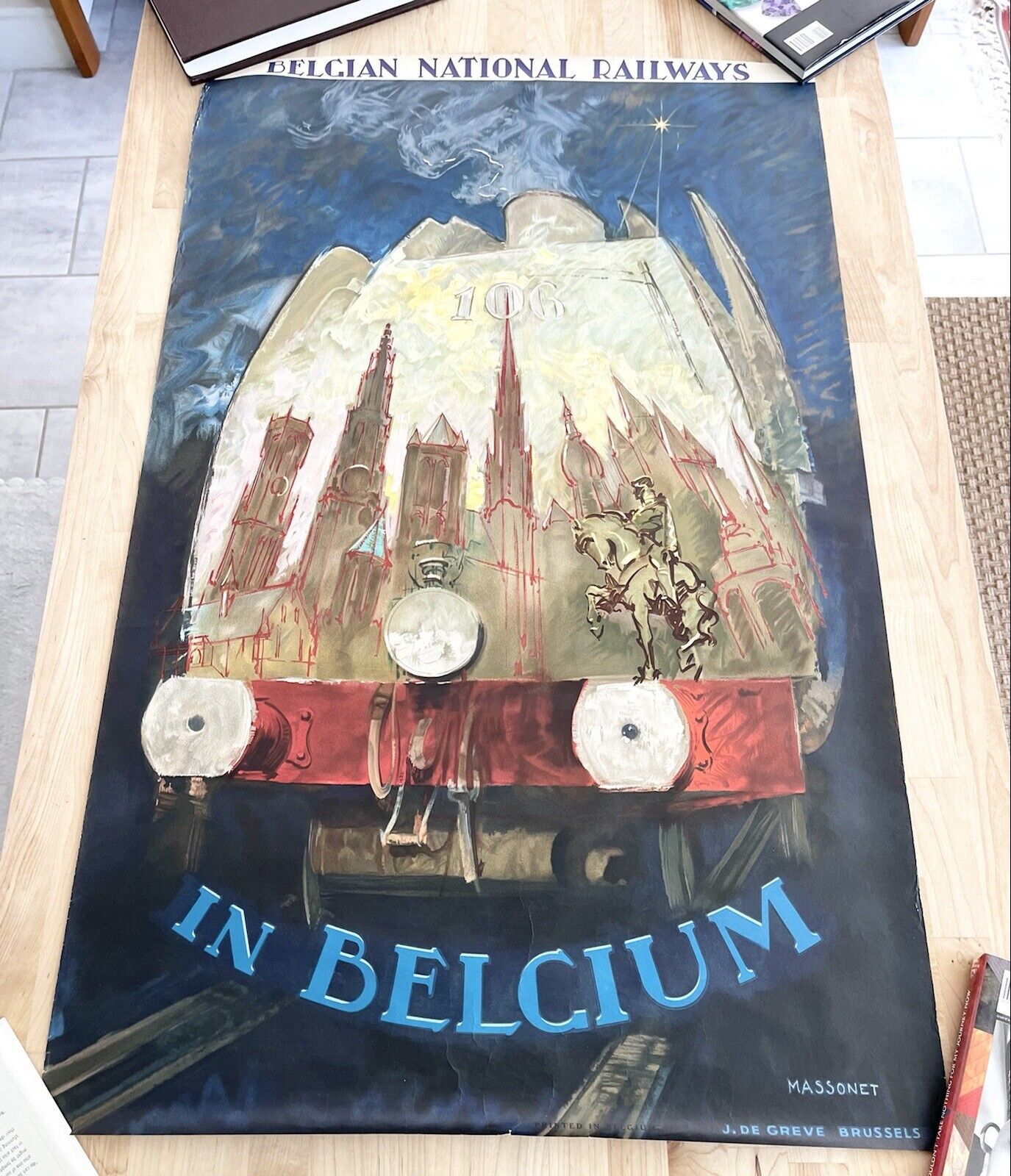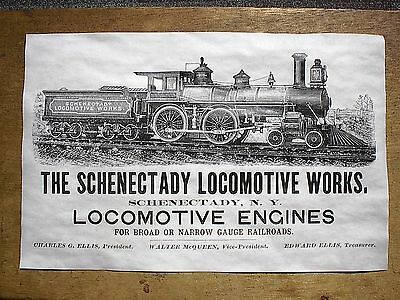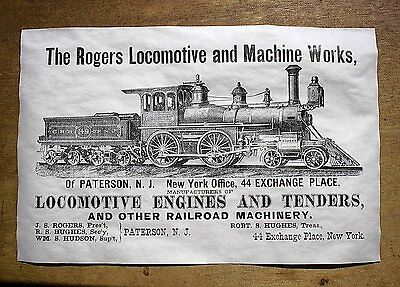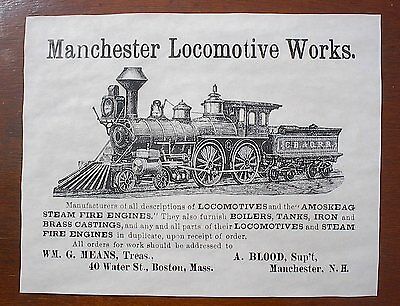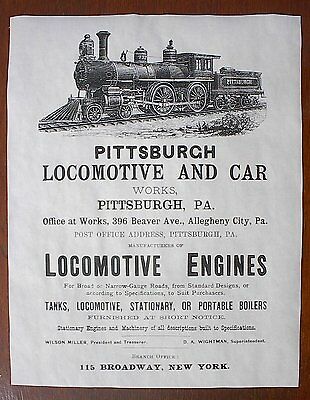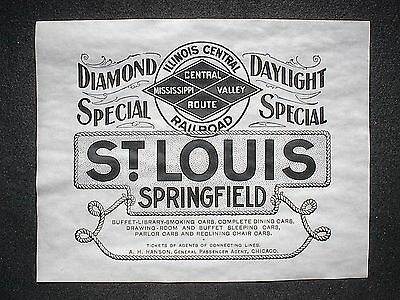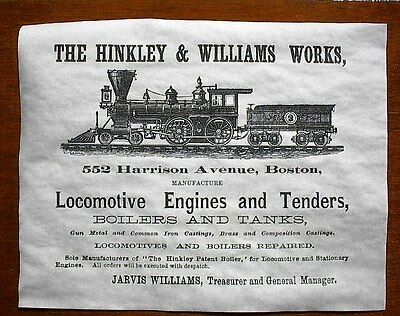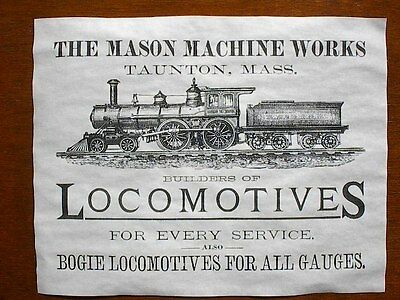-40%
Rare Orig Armand Massonet Belgium Railway Travel Poster #10 In Belgium 1950
$ 396
- Description
- Size Guide
Description
Rare Orig Armand Massonet Belgium Railway Travel Poster #10 In Belgium 1950. San Francisco Bay Area Estate Find. See below for online information on artist and series.No Buy it now. Auctions run through until the end. Please do not ask.
Measurement in the photos in the listing.
Condition is as is and Condition is as shown in the many photos, view and angles in this listing. Please refer to the photos for further visual condition and description. Color is stunning, wear to edges (shown) Wonder rich colors
Not returnable so please ask questions if needed.
Shipping/ Packaging .00 sturdy cardboard tube. If you want to ship insured let me know Before you finalize payment.
No International Shipping.
Thanks for looking!
Around 1950 the Belgian artist Armand Massonet created a series of ten tourist posters for the Belgian railways. Every poster featured a city or a region — from Flemish art cities to Ardennes villages. Massonet was a master of easy and sketchy recordings of light and movement. Despite large differences, the poster series formed a peculiar unity.
Railway motifs only rarely appear on the posters. Massonet's subject choices were sometimes daring, including a naked woman and industry fumes. His painting techniques in watercolor or gouache were also quite experimental, with rough brushstrokes and unusual perspectives. Massonet avoided tourist clichés such as blue skies. He was, however, inspired by romantic landscape.
Armand Massonet (1892-1979) was originally a teacher. As an autodidact who liked to sketch in the Brussels streets he attended evening classes at the Academy of Fine Arts. During the First World War he was deployed at the Yser front as an army painter. He also made the illustrated 'La Claque à Fond' soldier magazine. During his leaves Massonet took lessons at the École des Beaux Arts in Paris with Fernand Cormon, who had taught Vincent van Gogh and Henri de Toulouse-Lautrec. In this period he created his first posters for war victim and veteran relief campaigns.
Between the wars Massonet worked as a drawing teacher and pedagogue, developing his own drawing method and textbooks. At the same time he was a successful painter of portraits and cityscapes and a poster designer for art exhibitions and the Brussels fair. In the next decade he made fashion posters and popular paintings of jazz bands and dancers.
After 1945 Massonet quit teaching to devote himself entirely to art and design. He regularly stayed in Paris in the circles around French painter Maurice de Vlaminck. Massonet now also designed commercial posters for Agfa-Gevaert and graphics for Philips. In these years he created the tourist posters for the Belgian railways. It wasn't his only commission for the railways: he also produced a large painting of a railway worker and illustrations for a staff manual.
The ten posters — a sketch for an eleventh one was never executed — were issued in French, Dutch, German and English. The dimensions were 62x100 cm and the circulation was around 1,500 to 3,000 per poster. They were probably also displayed at railway stations in neighboring countries. In the family archive sketches and photographs are kept that show the development of the designs. Massonet also explained his way of working in publications.
In Belgium, 1950
Final in the series #10
The 'In Belgium' poster can be regarded as a recap or final piece of Massonet's tourist railway poster series. It shows the most important architectural gems reflected in the shiny front of a steam locomotive. We can recognise, among others, the belfry of Bruges, the cathedral at Antwerp and the Brussels city hall, along with an equestrian statue in the front. All the highlights were condensed into a single image to entice foreign tourists to take the train to Belgium.
Compared with the other posters the approach is experimental, and not only because of the perspective. The perfect reflection on a locomotive that was not that smooth in reality, as well as the skyline composed of different cities, are almost surreal. Moreover the equestrian statue seems to stick out. The frog's perspective renders an almost spherical image, as if we are looking through a fisheye lens.
